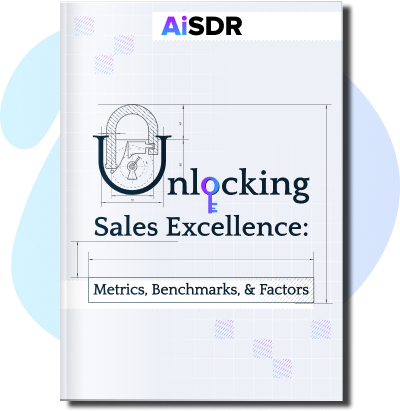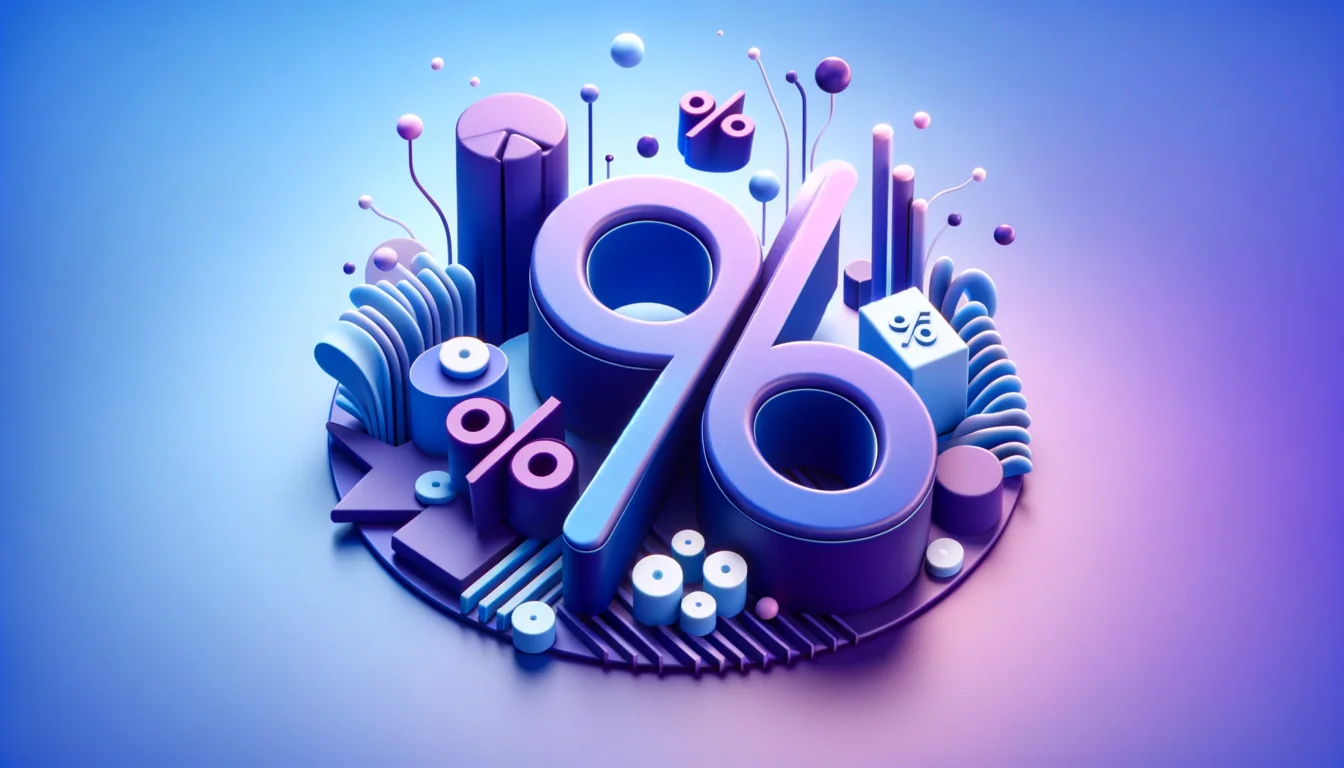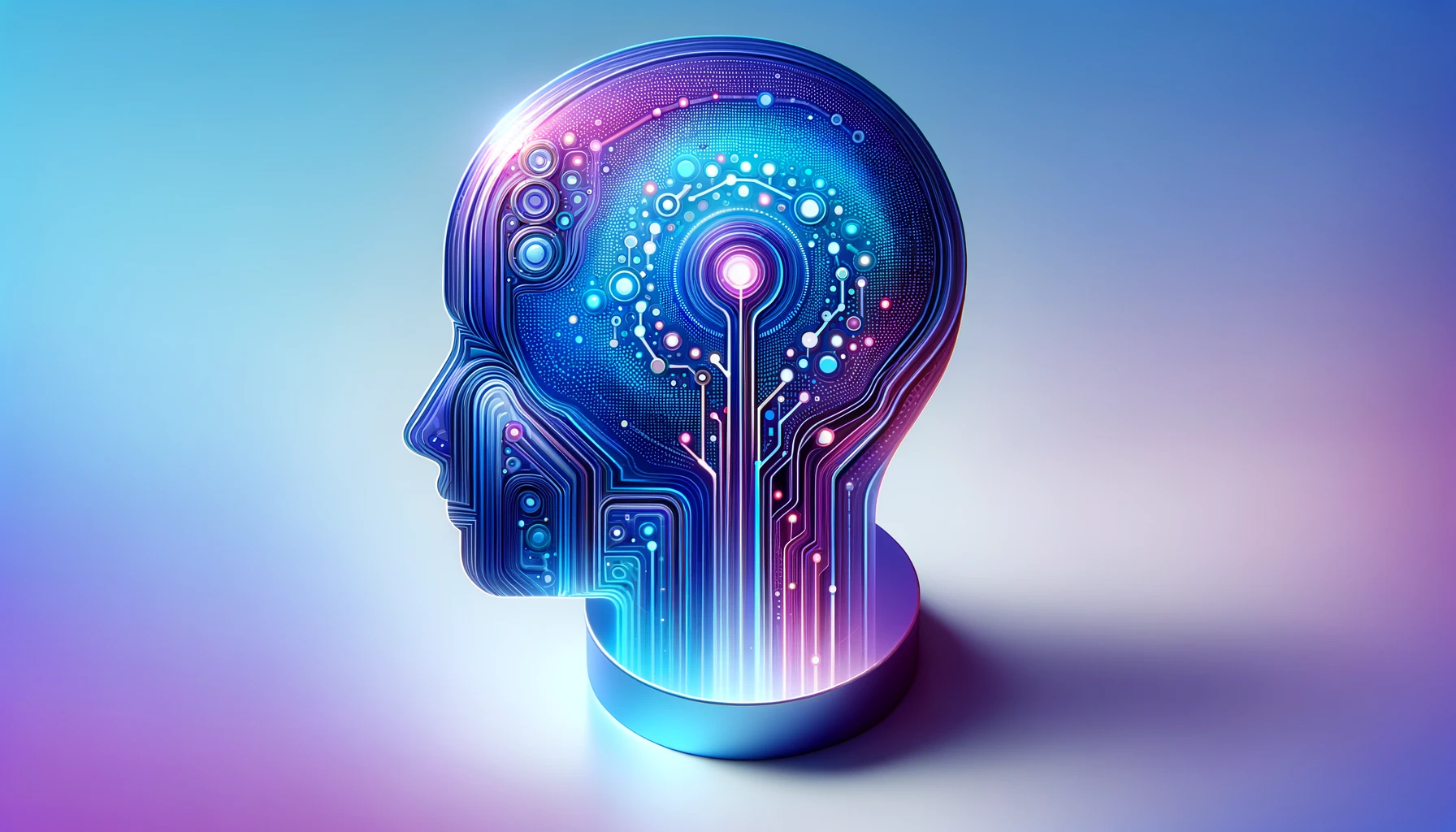4 Predictions About the State of Generative AI 2024

What’s in store for AI in 2024? Our CTO shares 4 of his predictions for generative AI
Meet Oleg Zaremba, our Chief Technical Officer. Oleg is a two-time Y Combinator alum with 1 successful exit (AXDRAFT). At AXDRAFT, he spearheaded the engineering, product, and QA teams. After AXDRAFT was acquired, he led cross-product integrations and artificial intelligence (AI) initiatives. Last year, Oleg was named one of Forbes 30 under 30 in Ukraine.
Last year, the global industry witnessed a massive technological shift. The instant ChatGPT came out, we knew the dominant narrative for 2023 was going to be how generative AI would reshape the way we work.
Fast forward to the present, and I’ll be blunt – It has.
We’re now blessed with a myriad of state-of-the-art generative AI tools for companies of all sizes. It’s no exaggeration to say that this current shift will be as transformative as the advent of cloud computing.
I’ve already experienced it myself. At my previous start-up, we had built our own set of machine learning (ML) tools, but we eventually found ourselves faced with a non-ML problem. Simply put, the dataset was too small to apply ML techniques.
Then came generative AI. We were able to leverage it and create two brand-new features from scratch in a short time.
This is just one outcome. Gen AI freed companies from having to set up their own ML or data science team. It’s also shaped my belief that you don’t need ML.
But even though 2023 was game-changing, I think 2024 will be even bigger. In this blog, I’ll outline 4 predictions I have about what’s in store for Generative AI in 2024.
Generative AI will continue to improve its input capabilities
What some people forget is that generative AI and large language models (LLMs) have been around for a lot longer than ChatGPT. It just hadn’t been implemented yet in an easily accessible way.
Then ChatGPT was launched. I believe that this was the biggest breakthrough we’ve had in generative AI. All of a sudden, this cutting-edge tech was available on everyone’s laptop and mobile phone.
I think it’s interesting to point out that many scientists and researchers didn’t consider ChatGPT-like products to be revolutionary, disruptive, or even worth your time.
But what OpenAI did exceptionally well – and what is frequently under-communicated – is scale this technology to never-before-seen numbers of parameters and users.
Sure, as more and more people use ChatGPT, it’s gotten harder for OpenAI to scale ChatGPT, meet demand, and increase capacity, but I believe they’ll succeed.
More importantly, I think we’ll see generative AI become used in newer manners with greater accuracy. We already have text and images, but I imagine we’ll soon have a voice-operated version.
Once that happens, using generative AI will be like holding a basic conversation where you simply ask and answer questions to get what you want. It won’t be much different from person-to-person communication. Additionally, this will eliminate yet another barrier to entry for demographics like older generations who are more comfortable with voice instructions and who aren’t as experienced at typing and texting.
Generative AI will increasingly become as ubiquitous as Google
This definitely won’t happen overnight, and it probably won’t happen by the end of the year. However, I do believe that the adoption of generative AI will continue to rapidly climb and, within just a few years, we could see generative AI becoming as widespread as Google.
Generative AI companies like Perplexity have begun to gain traction thanks to browsers like Arc offering Perplexity as an alternative default search engine for those who don’t want Google.
Some large companies started implementing AI training programs where they teach their staff how to use ChatGPT to get their work done faster. This represents a huge step towards mass adoption. And if generative AI becomes voice-operated, we might see this milestone make a huge leap forward.
If there is one obstacle that could hinder large-scale adoption, it’s the price tag.
Sales will be among the functions most heavily impacted
As generative AI matures and develops, I believe sales will be one of the industries more heavily affected by advancements in AI. This is one of the reasons why Yuriy and I decided to build AiSDR.
Currently, many sales roles are plagued by mediocre performance, whether it’s due to overwork, poor qualifications, lack of training, or some other reason. Whatever the situation, poor performance could be augmented and improved by generative AI.
Some fear that AI will take away sales and marketing jobs. In my opinion, I think AI will simply cause people to evolve away from classic duties and grow into new skill sets.
Let’s use the example of design: No one is planning on replacing 100% of their designers with AI anytime soon. Similarly, sales will always be needed to close deals.
That being said, processes will change. In the past, if you wanted a new graphic for an article, you had to either submit a work request to your in-house designer (who is probably busy with other requests) or you went onto a stock image website and found a decent enough graphic.
Now with AI, you have a third option. You can simply tell AI what you want and it will iterate versions until you get something you like. From my point of view, this could result in a shift to more project-driven jobs that emphasize broader skill sets and flexibility.
There’s no time like now for workers and companies to jump into AI
The AI industry might be red-hot, but that doesn’t mean it’s primed to cool off. If anything, AI is just getting started and it’ll only get hotter.
If I were to advise people who wanted to start an AI company, I’d tell them:
- Don’t wait for the AI market to cool down for a better entry point.
- Don’t wait for the global markets to become more eager (in fact, by the time they’re eager, it’s potentially too late).
- Don’t wait for AI to become more advanced so that it can handle your vision.
I’d give similar advice to specialists who are considering a shift to the AI industry. The next several years will likely be a time of massive growth and innovation. In such a situation, taking a chance and being ahead of the herd is better than following it (and risk missing out).
There’s a lot of value gained by combining classic programming with AI-powered business systems. Plus, it’s much easier to switch to a newer version of AI than it is to build something from scratch.
For people who are concerned about over-reliance on ChatGPT, there are plenty of other LLMs to explore. That’s why I’d also suggest that if you’re a business planning on building something using AI, you should make it platform-agnostic.
If something happens and ChatGPT goes down, you can simply swap out the engine. This is actually how we designed AiSDR – should a doomsday scenario occur, we could instantly switch to a different model and keep AiSDR running.
Wrapping up
2024 should be even more eventful than last year. In particular, it will be interesting to see how the global market will react should central banks pivot and lower interest rates. If that happens, we might see a lot of money suddenly become freed up and plunged into AI advancements.
At AiSDR, we’re focused on continuing to build and launch new features that can make us an all-in-one sales outreach platform.
Schedule a call with us at AiSDR. We’re more than happy to discuss how we can help your company grow its pipeline.











